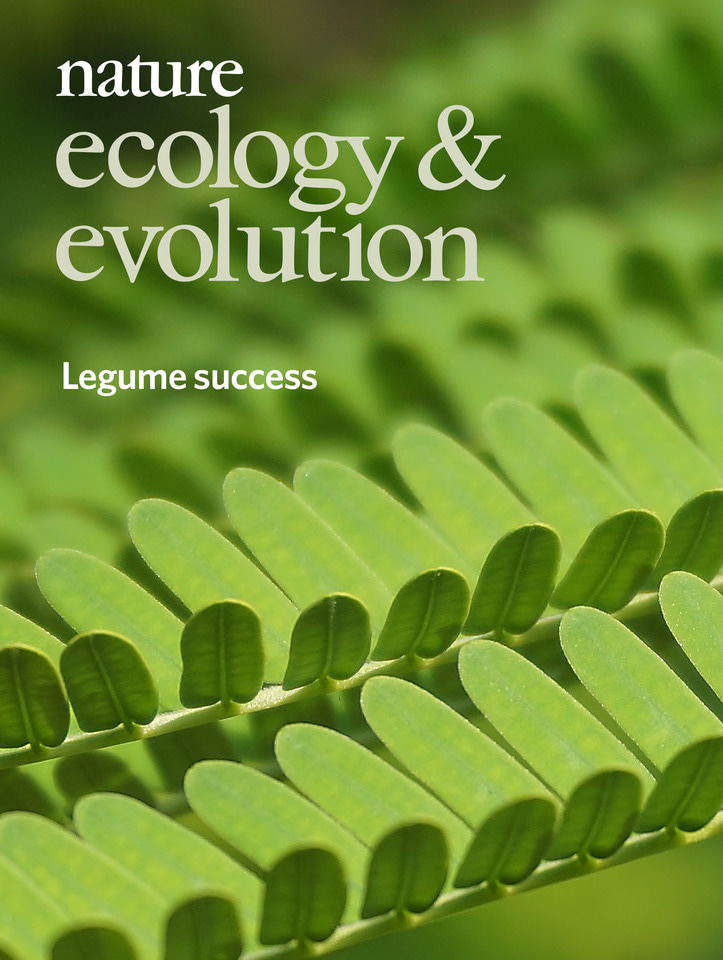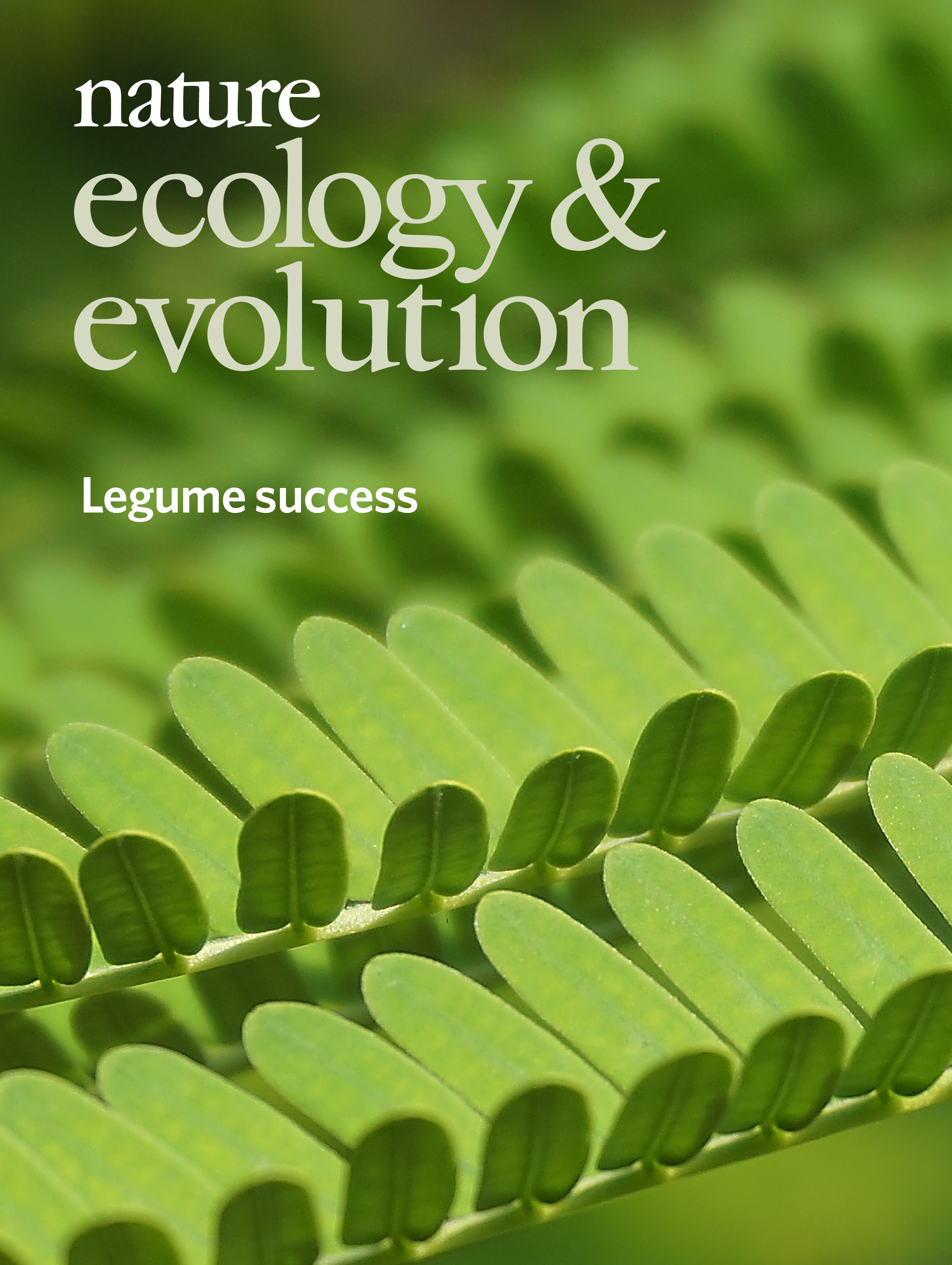

From 'Legume abundance along successional and rainfall gradients in Neotropical forests'. Gei et al. Nature Ecology & Evolution 2; 1104-1111.
In Latin America, many regrowing forests are dominated by legume trees. The ability to fix nitrogen through symbiosis is a crucial element of their success. But Leguminosae species that also form a small bipinnate leaves (shown here in Guanacaste, Costa Rica) hold a double advantage in hot, dry and highly seasonal environments across the Neotropics.
Follow the Topic
-
Nature Ecology & Evolution

This journal is interested in the full spectrum of ecological and evolutionary biology, encompassing approaches at the molecular, organismal, population, community and ecosystem levels, as well as relevant parts of the social sciences.
Related Collections
With Collections, you can get published faster and increase your visibility.
Understanding species redistributions under global climate change
Publishing Model: Hybrid
Deadline: Jun 30, 2026





Please sign in or register for FREE
If you are a registered user on Research Communities by Springer Nature, please sign in